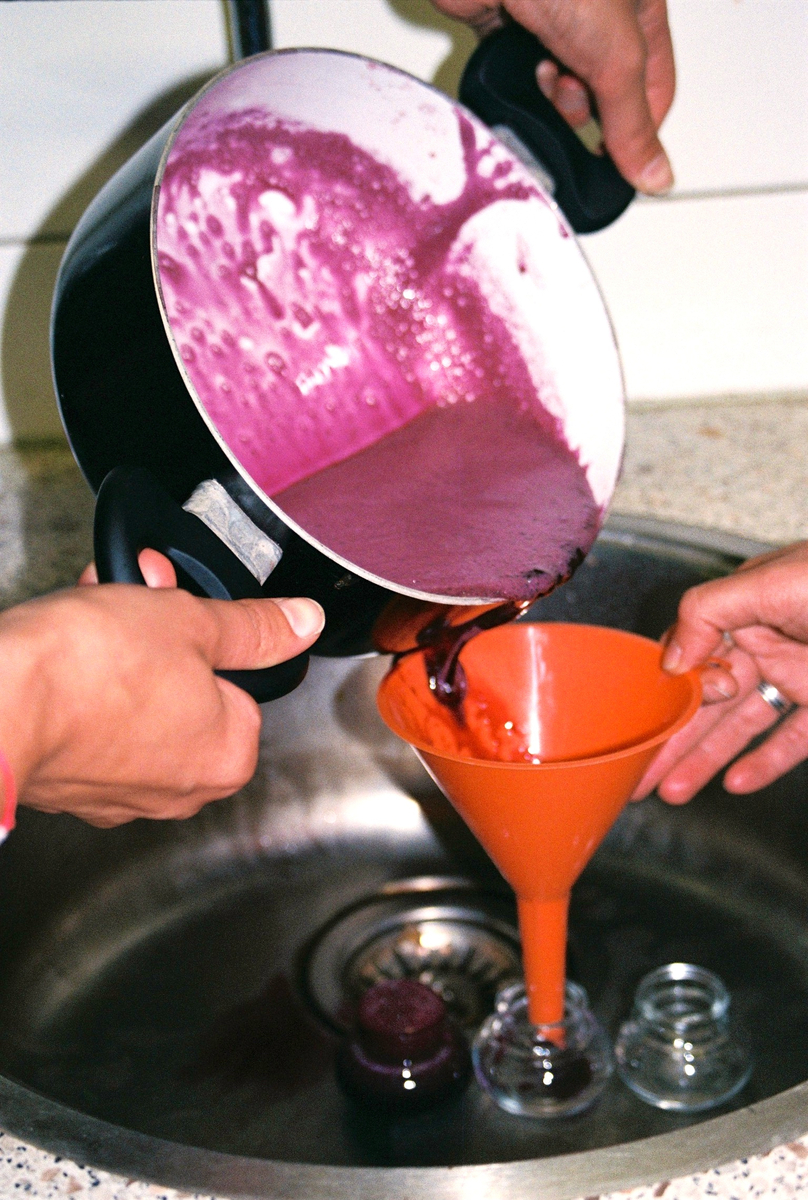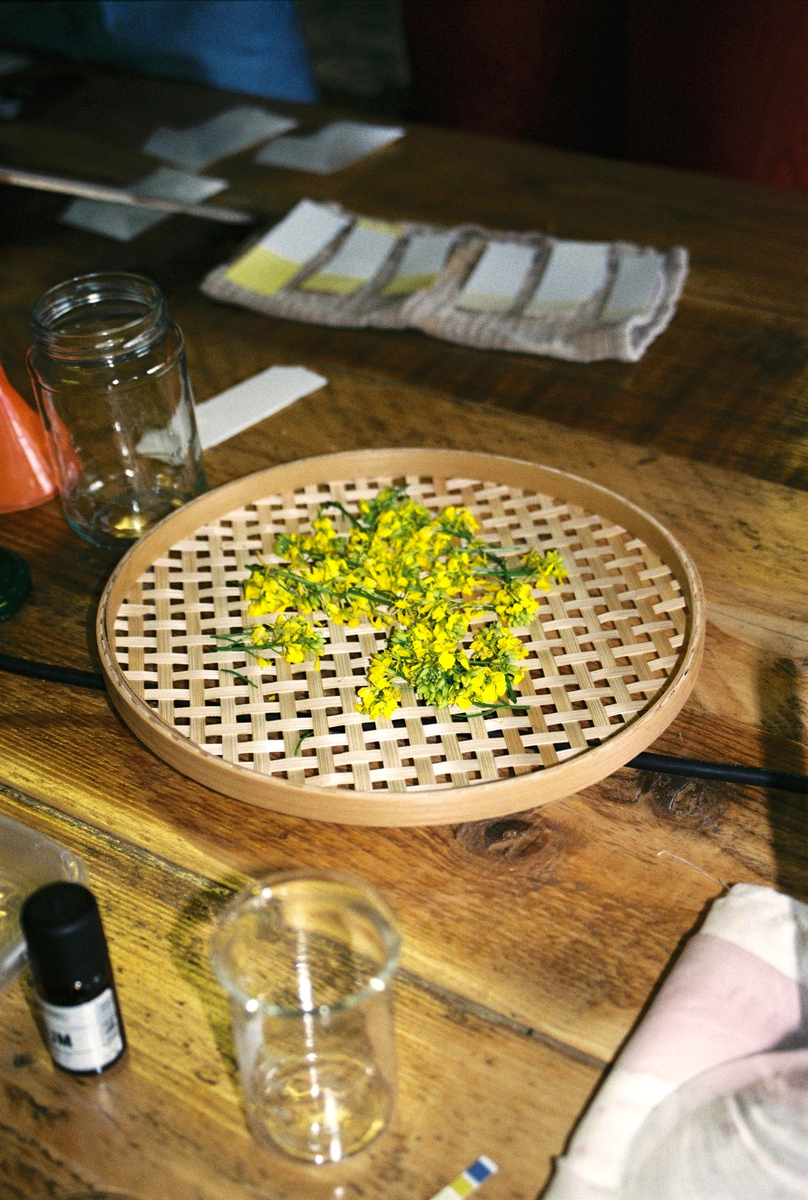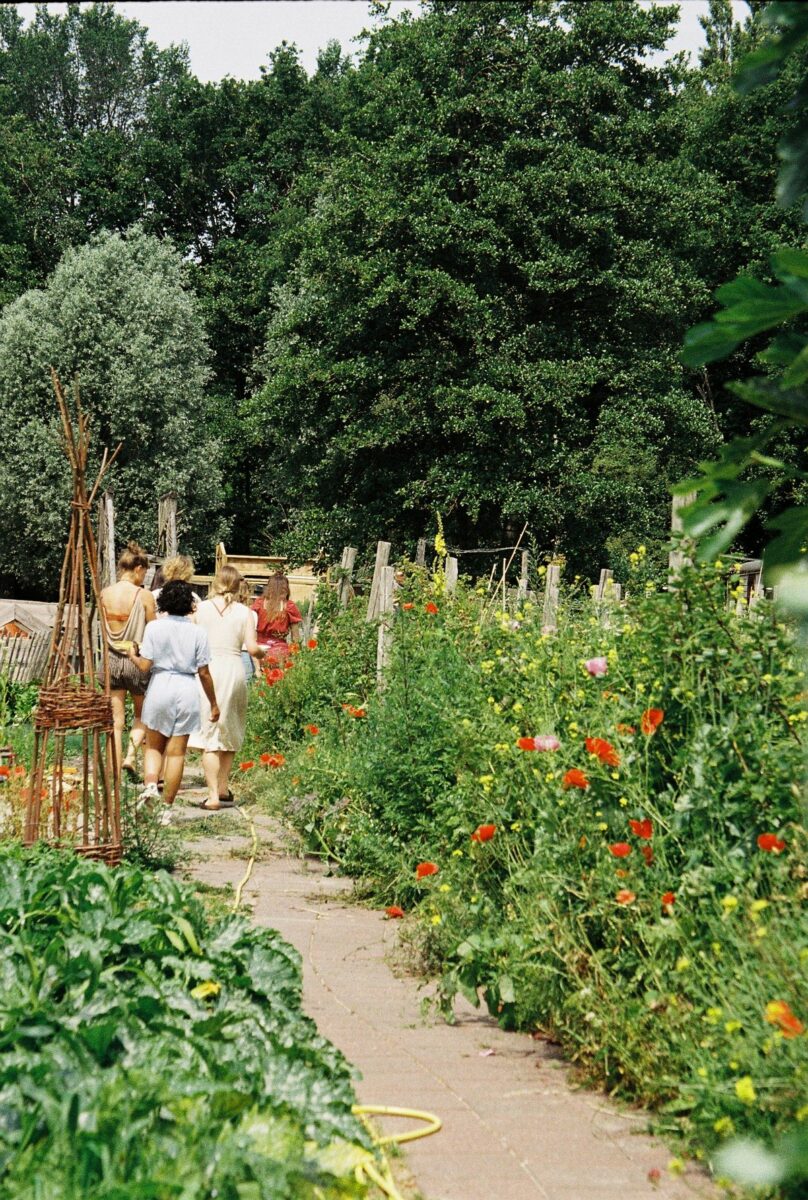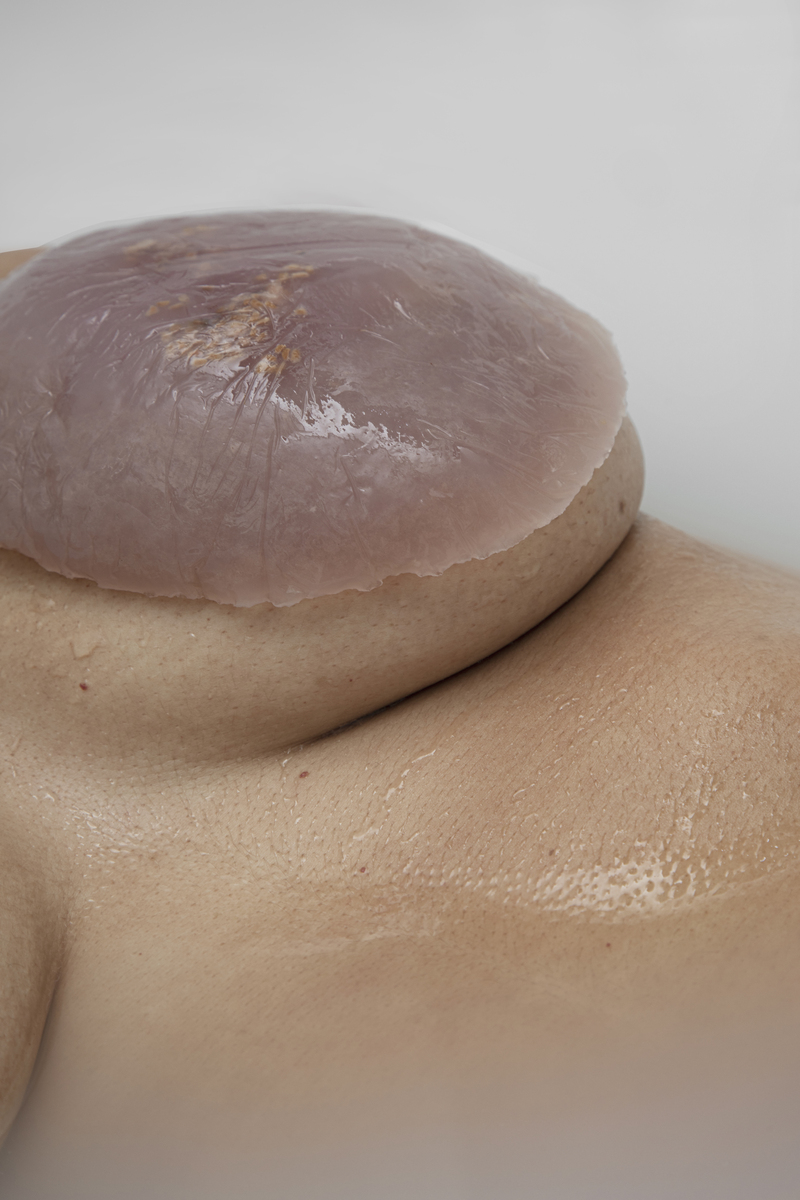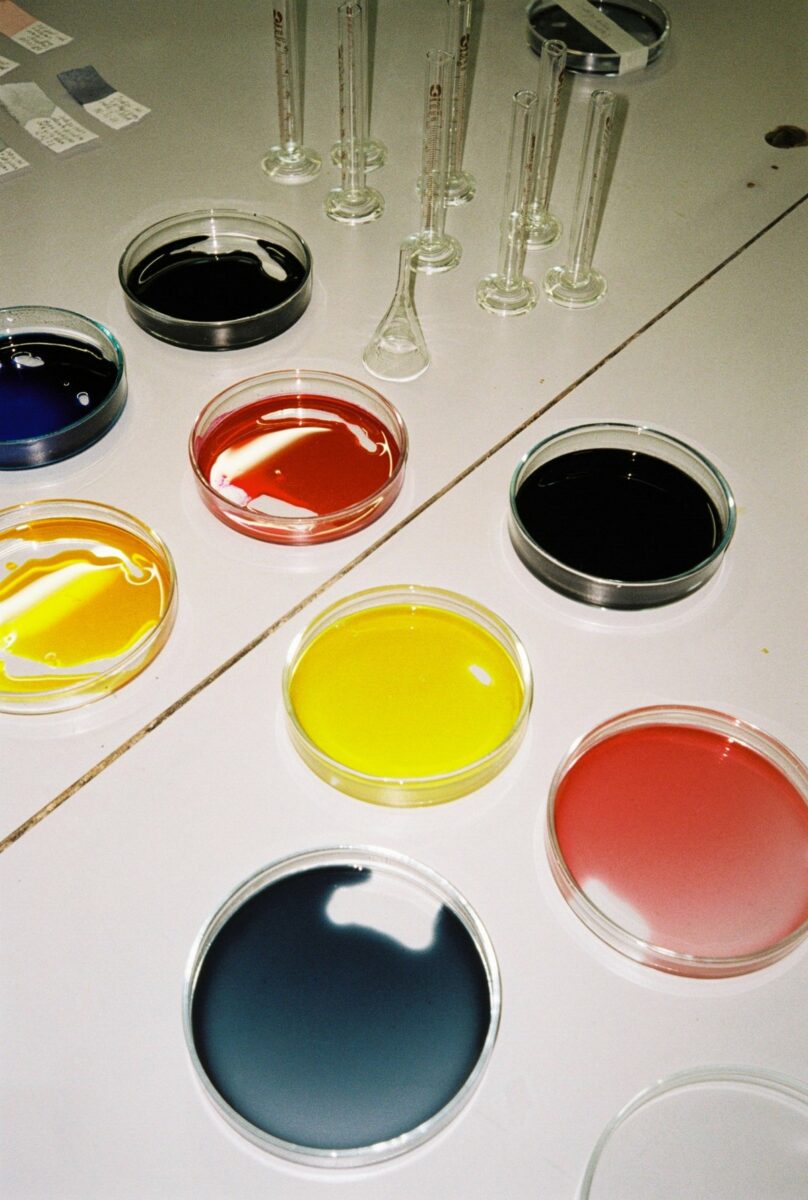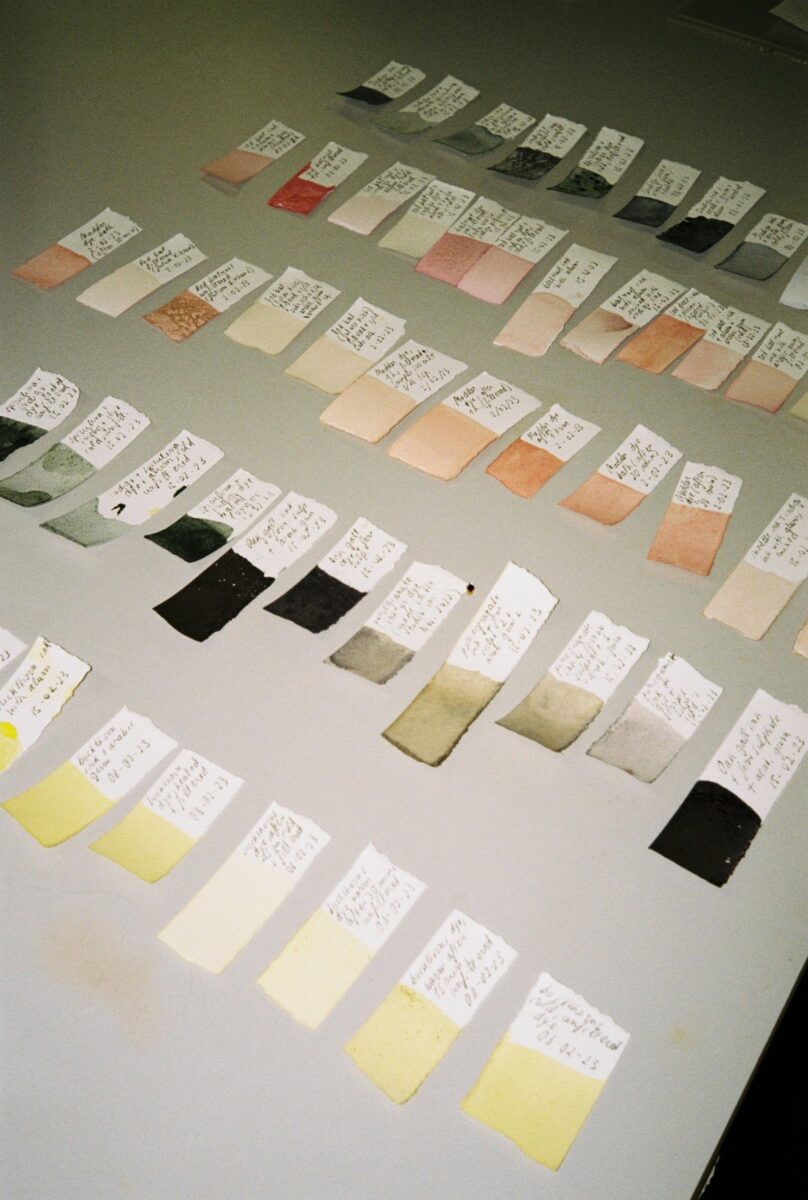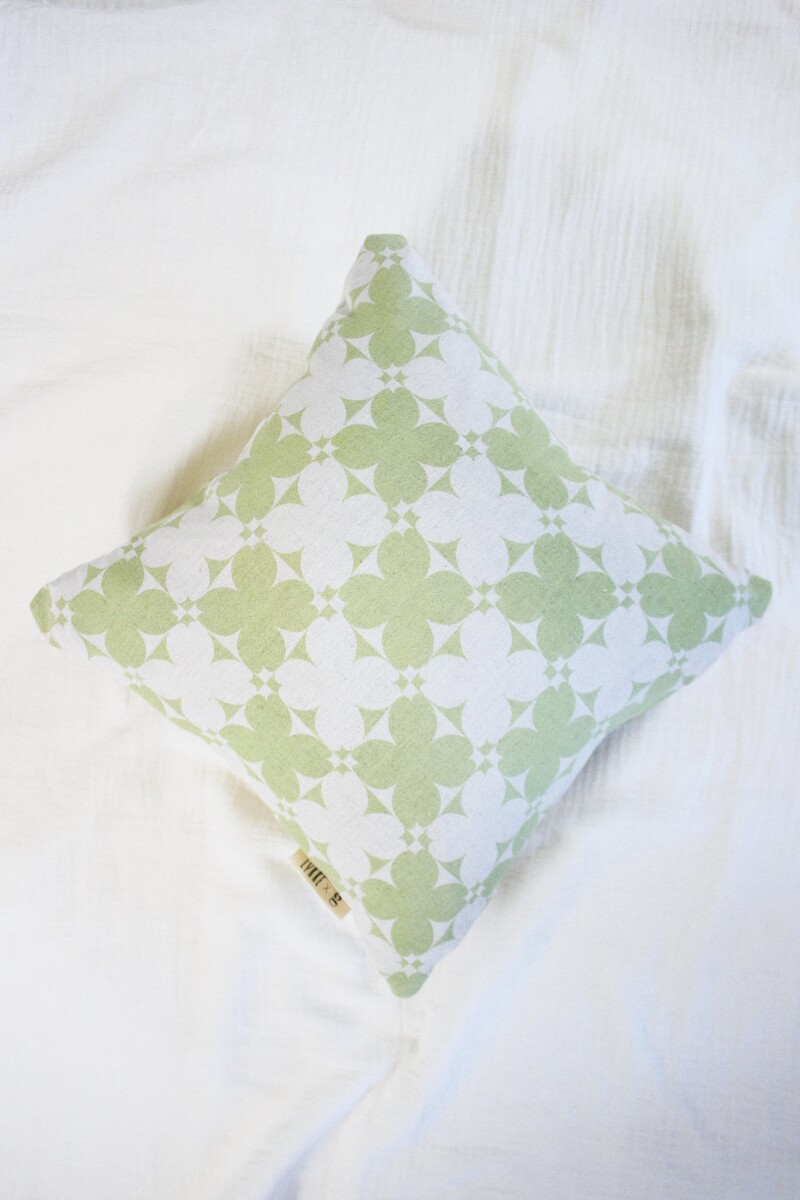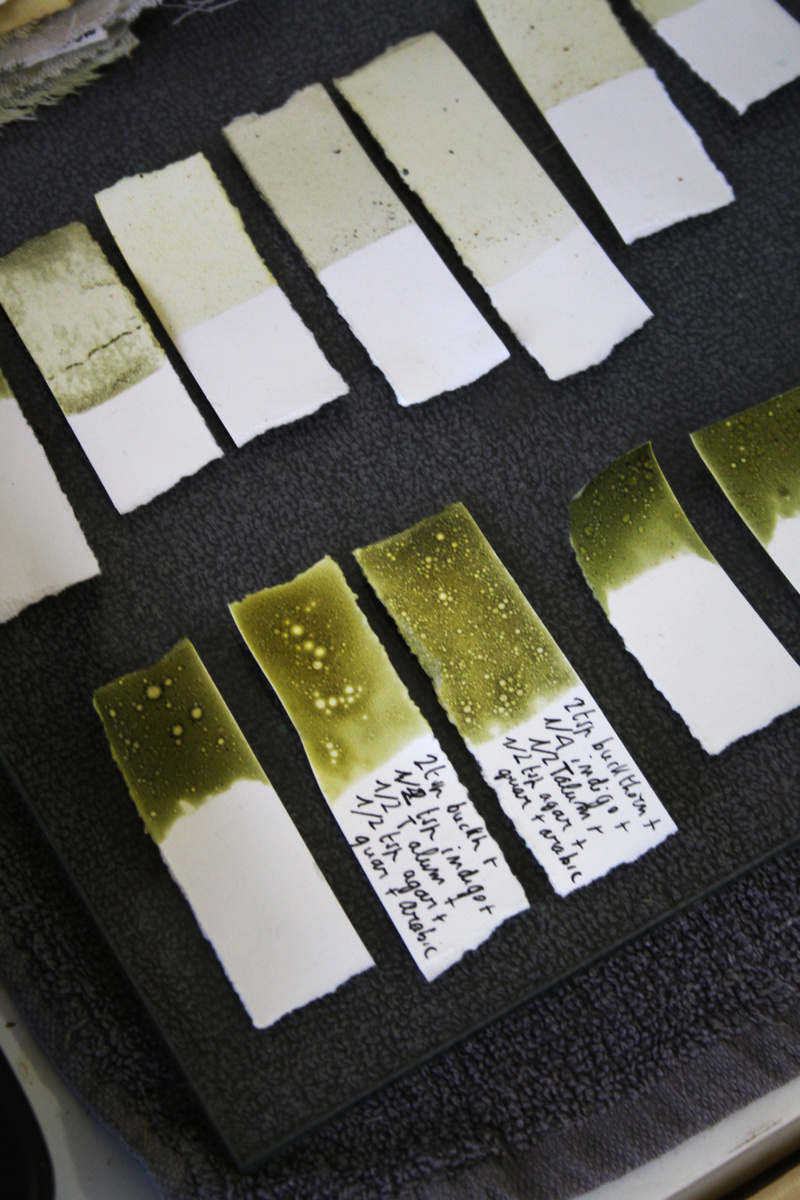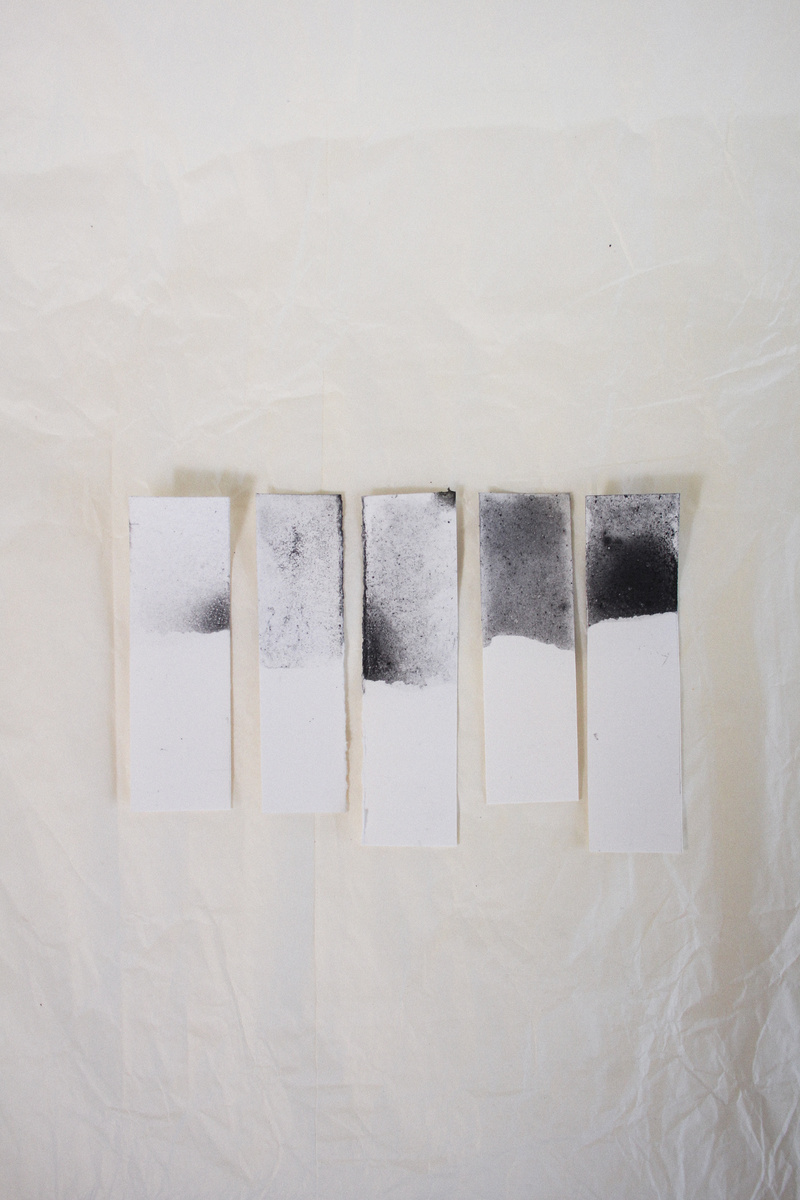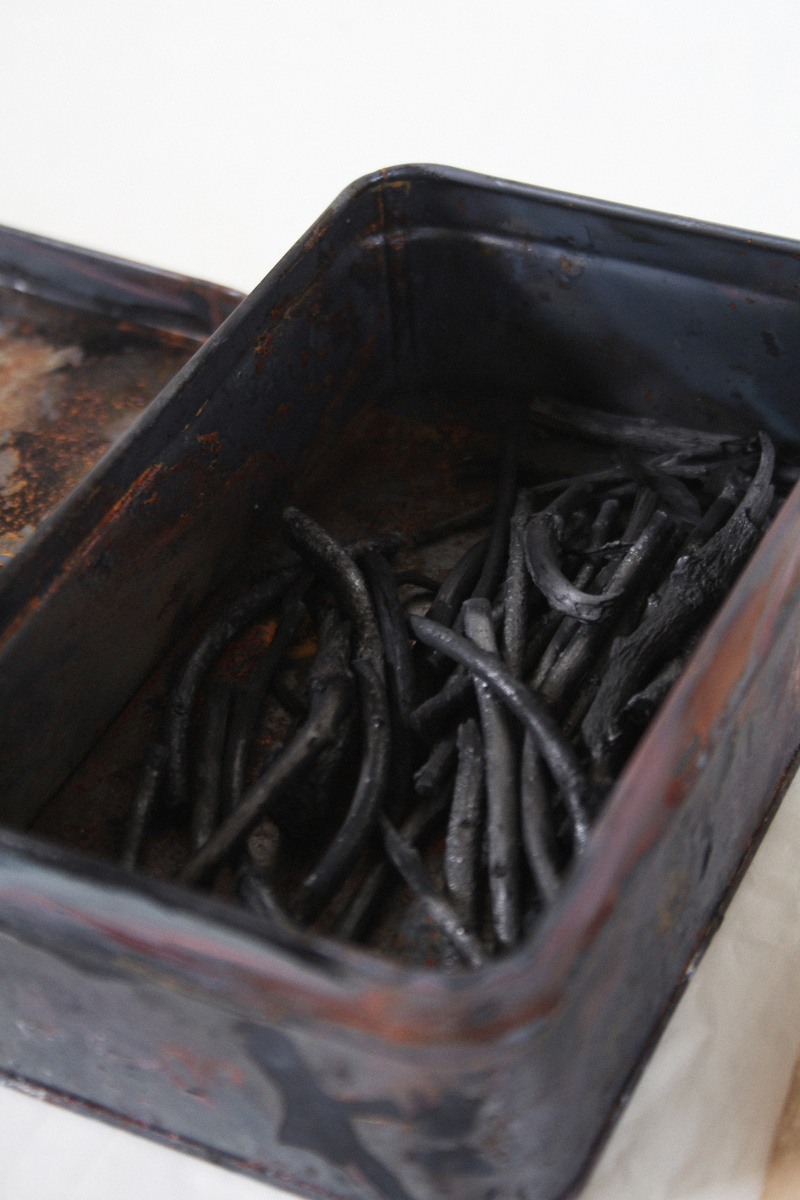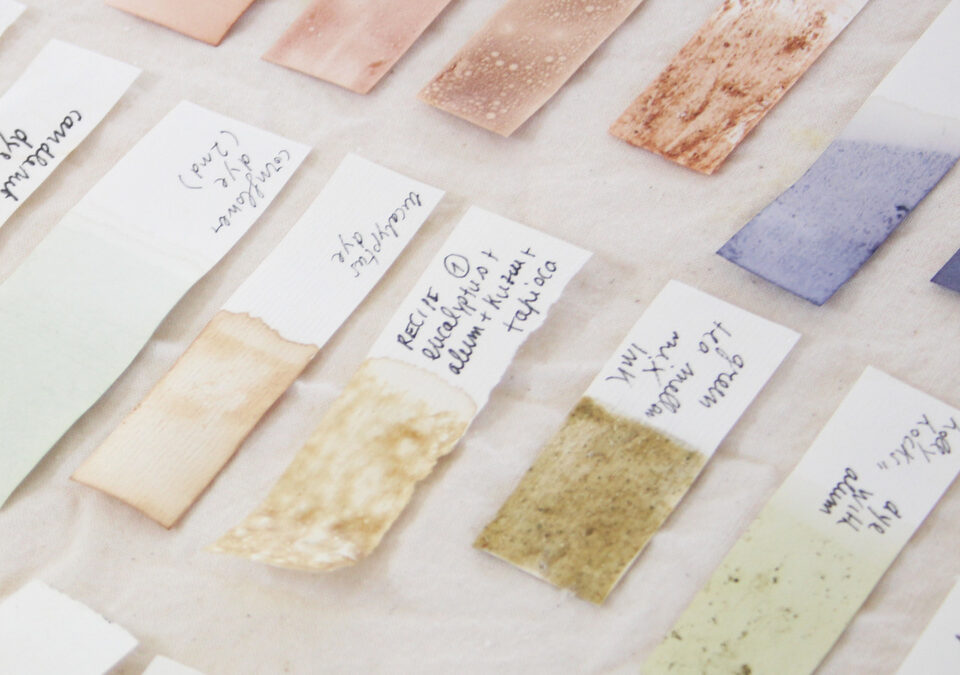
GRETA FACCHINATO’s sustainable inks and dyes
When we deal with sustainability, there are so many aspects to take into consideration, for example, did you know that every year around 10,000 tons of dyes are produced all over the world? Specifically, if we look at inks and coatings, the European Printing Ink Association states that every year in Europe about 1 million tons of materials are consumed by printers of all types of products, at a cost of 3 billion euros (source Eupia). Most commercial printing inks contain harmful chemicals, refined petroleum and heavy metals which are harmful to our health and the environment. We had already introduced some designers who deal with colors and pigments, such as Jesse Adler and Charlotte Werth. Among them is also Greta Facchinato, multidisciplinary artist and designer who has been running her studio in The Hague since 2018, whose research deals with color: specifically, with how to re-learn and disseminate knowledge about its production through raw natural materials and new sustainable inks, with particular attention to printing techniques. (Cover Color is Alive, photo Studio Greta Facchinato)
The designer tells us: “The idea was born from the interest in introducing an ecological and regenerative approach into my practice – which includes collaboration with plants and microorganisms – in order to share a new design narrative. Working with illustration and printing techniques, I had the desire to understand and know what the alternative, organic and local solutions to synthetic ink were.”
c
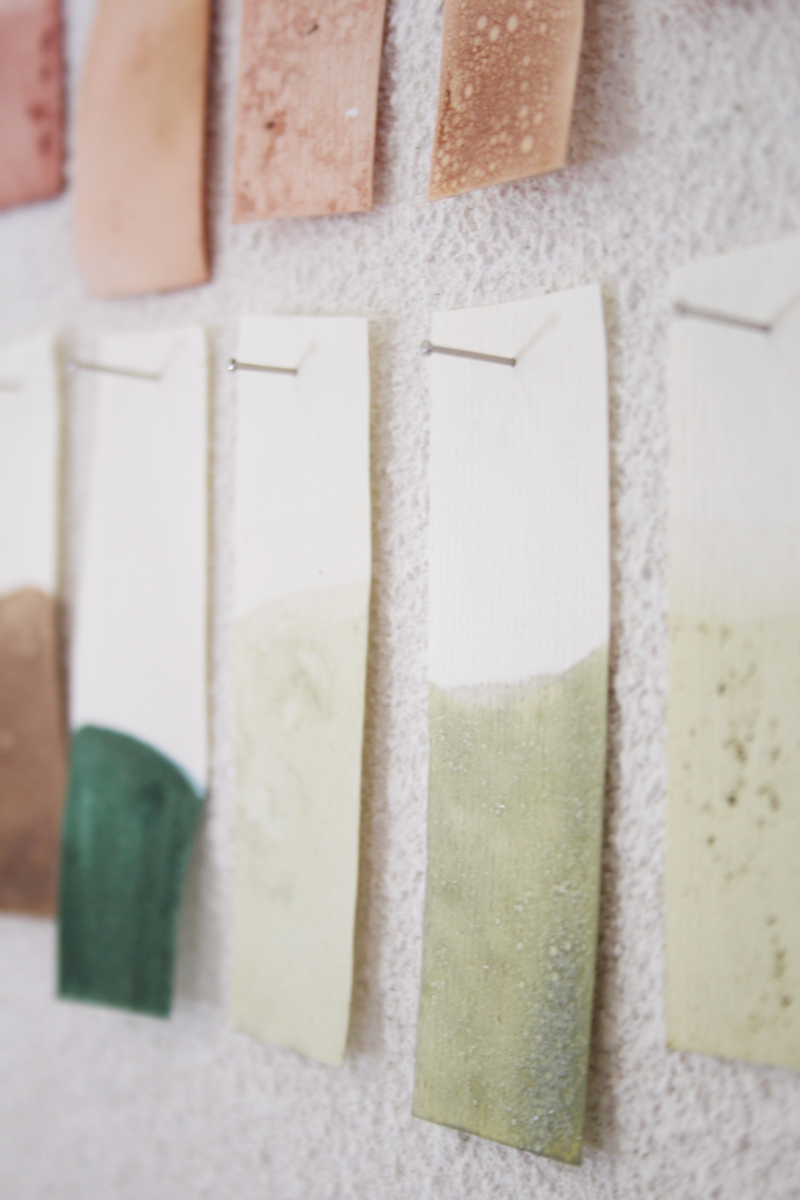
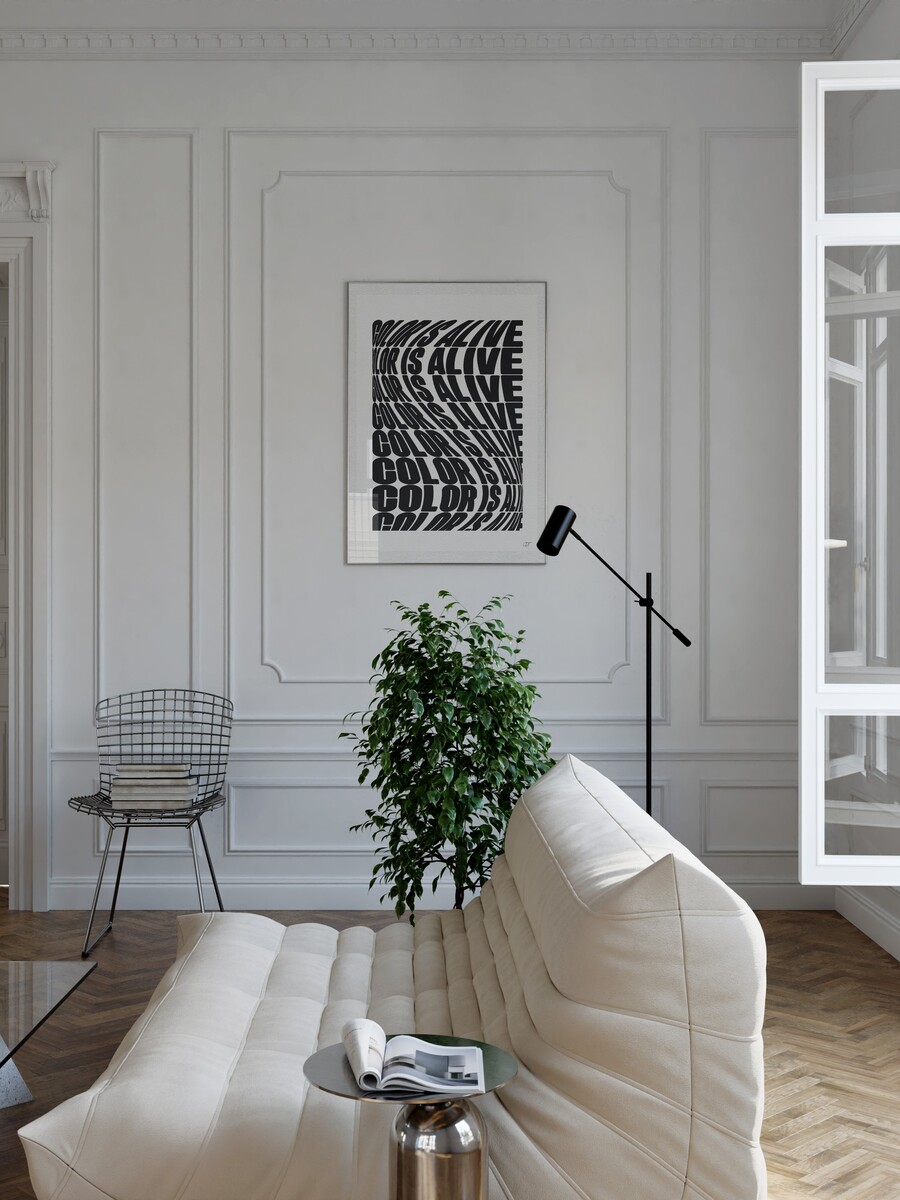
c
“In 2021 I had the opportunity to research how to make organic ink for screen printing thanks to the support of Grafische Werkplaats Den Haag (Graphic Workshop The Hague) and Gemeente Den Haag (Municipality of The Hague). – continues the designer – The project was shared under the title Color is Alive, in the form of an independent publication and a collection of silk-screen prints made with natural inks obtained from plants and waste materials. Since then my idea of color has completely changed, from something abstract and inanimate to living matter.”
The Color is Alive publication – printed in Risograph – contains recipes for obtaining natural ink from plants, food waste and urban finds. It is also a collection of reflections and valuable lessons that Greta Facchinato has learned along the way by researching archives, reading, printing and talking to different experts. For Color is Alive, the designer has developed natural handmade inks and also organic inks for screen printing – such as the Avocado Ink or the Charcoal, also present in the new and free Materials Design Map.
c
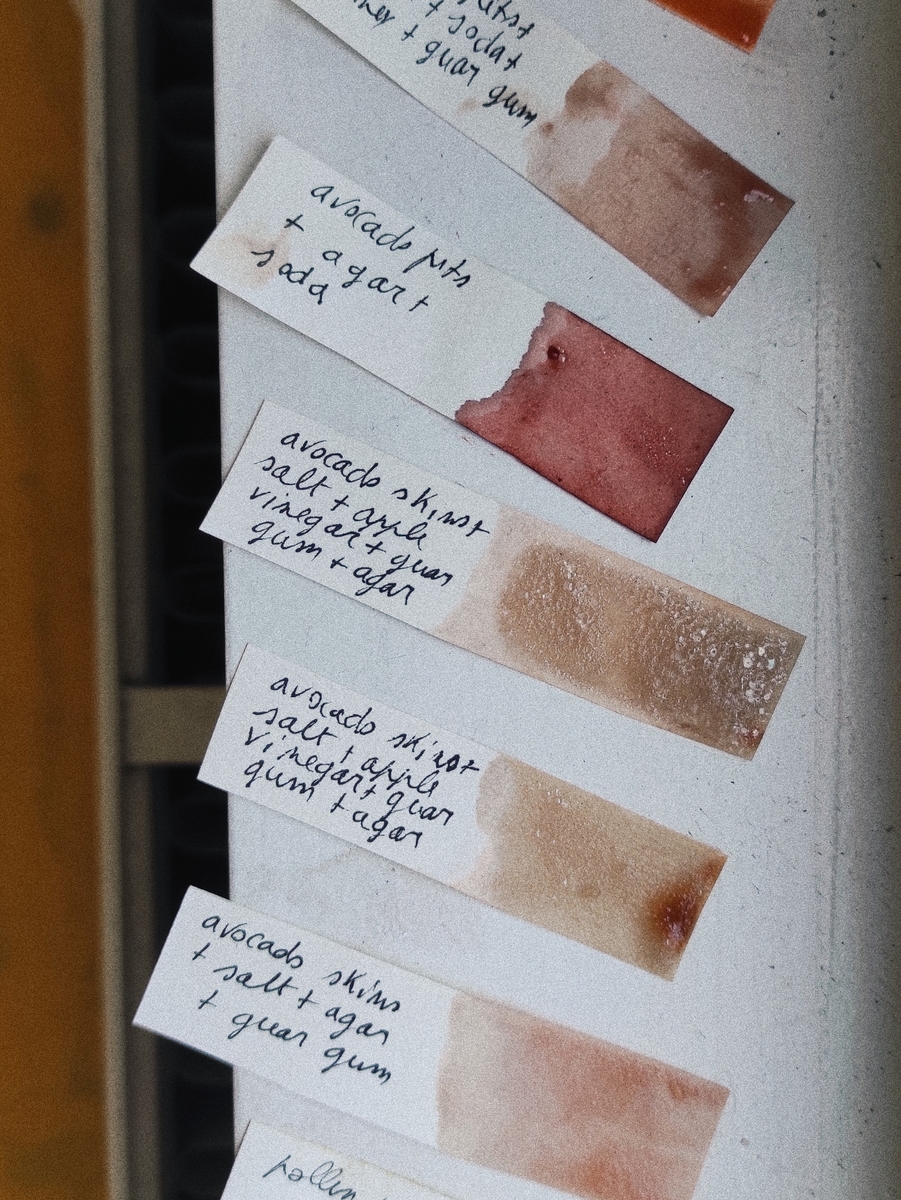
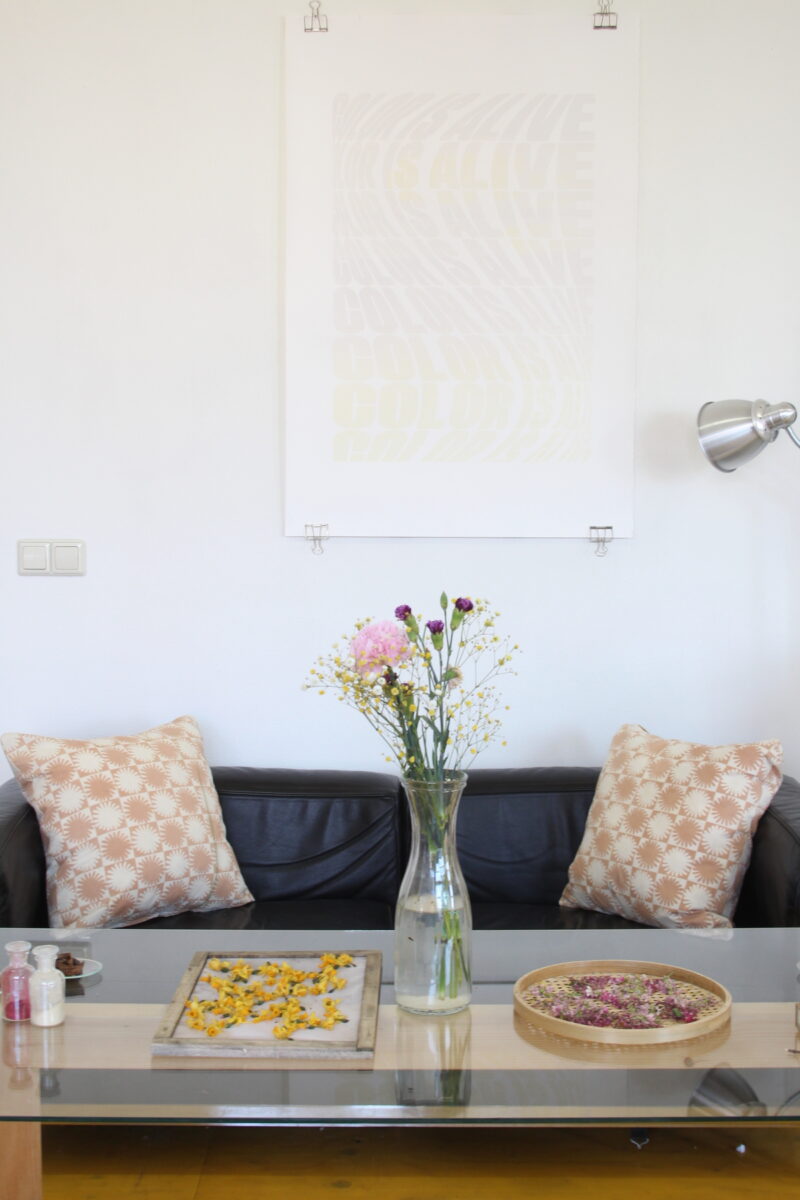
c
Her studies on the theme continues with The Ink Project – Between craft and technology. Through the project, the designer positions her research between the tradition of producing ink with organic materials and its application for inkjet printing. The aim of the project is to raise awareness and investigate ways to create green solutions in the field of digital printing.
A fundamental part of this research is also the spreading of knowledge, not only in the form of publications and prints but also through an educational method: actual seasonal workshops. Greta tells us: “My workshops invite an experimental and intuitive approach to creativity, learning from our ecosystems. Participants are guided to learn about color as a living matter through the creation of sustainable inks, together with plants and organic materials. Fundamental is the notion of interconnection with the surrounding local environment. Together with the technical aspects, I share awareness of how to forage in a safe and respectful way for us and our environment – i.e. how to recognize local plants, how to harvest them and how to work with the seasons and the territory.”
Naturally this is only a part of Greta’s work who, as a designer, is engaged on several fronts: in fact, on her website it is also possible to find projects such as aesthetic prostheses created with biodegradable material obtained from agar-agar (seaweed), digital graphics, publications, but also videos and research for the world of design, all linked by the common thread of an ecological approach. For more information on her method and her work, visit Greta Facchinato‘s website and follow her on Instagram! Photo courtesy Studio Greta Facchinato, unless stated otherwise
c
